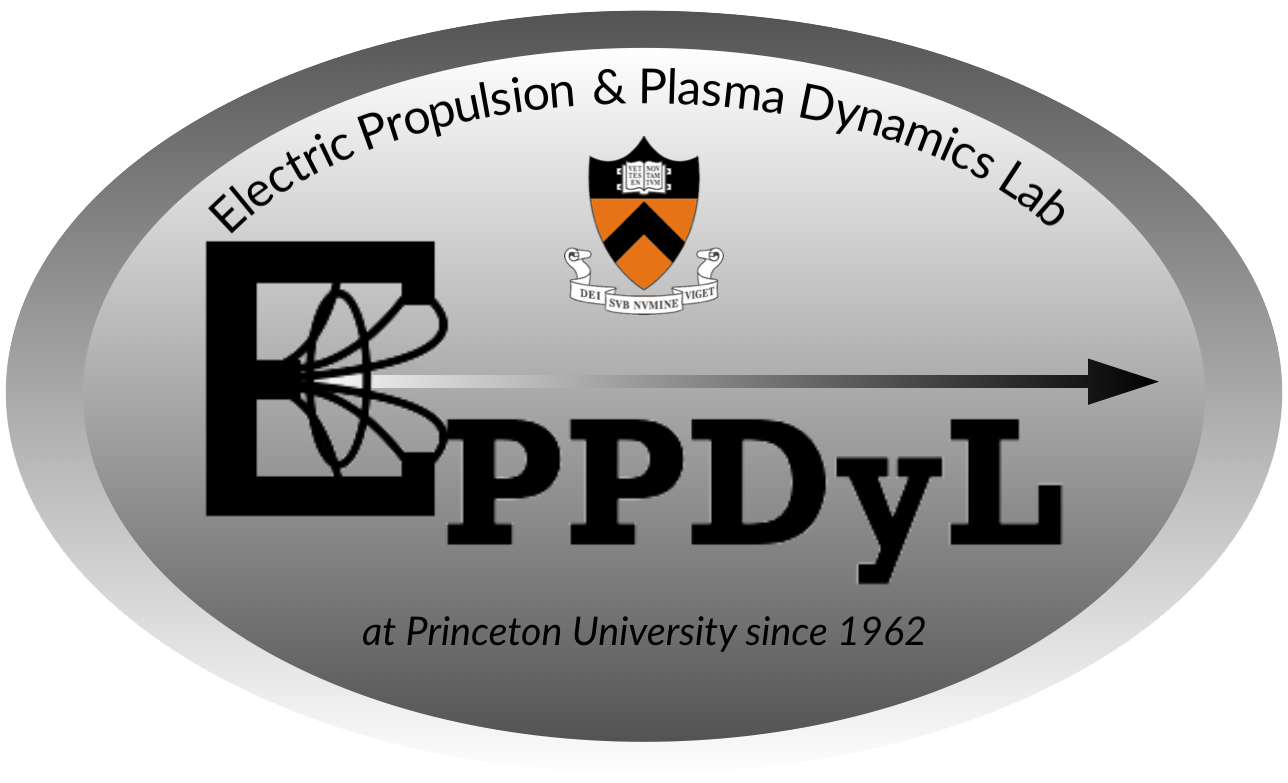Theoretical Prediction of the Dense-Plasma Attachment Length in an Orificed Hollow Cathode
Download
Theoretical Prediction of the Dense-Plasma Attachment Length in an Orificed Hollow Cathode
Abstract
The attachment length for a hollow cathode with a narrow, restrictive orifice is computed theoretically without reliance on external models or plasma property data. This critical length controls both the temperature profile and the evaporation-limited life of the cathode emitter; however, no self-consistent model currently exists to calculate the attachment length without experimental data. Charge-exchange-limited ambipolar diffusion is assumed to govern the plasma density evolution in the insert and orifice regions, and the diffusion equation with an electron-impact-ionization source term is solved in one- and two-dimensional forms within the orifice and insert regions respectively. Continuity of the plasma density between the two solutions at the orifice inlet is assumed in order to find an analytical solution using standard partial differential equations techniques. An approximate boundary condition that imposes zero net flux across the plane parallel to the orifice inlet surface is used to calculate the electron temperature in the insert region and the minimum dense-plasma attachment length. This condition allows for the calculation of the two-dimensional variation of the plasma density within the insert region and the electron temperature from first principles in a self-consistent fashion with only neutral density or pressure and heavy particle temperature as model inputs. The plasma density solution and the attachment length obtained by this method for the NSTAR discharge cathode agree well with that observed experimentally and results derived by previous authors.
